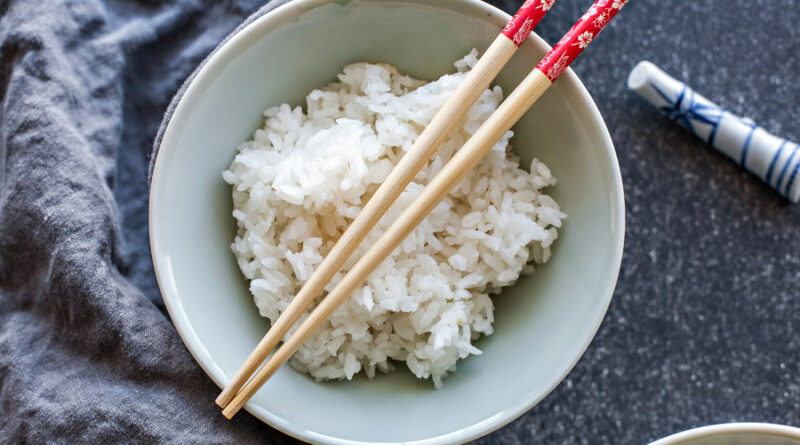Japan’s inflation quickens as rice prices gain the most in over 50 years
By Toru Fujioka
Consumer inflation picked up last month, bolstered in part by surging rice prices, supporting the central bank’s stance on a gradual rate hike path before U.S. tariff measures clouded the economic outlook.
Consumer prices, excluding fresh food, rose 3.2% from a year ago in March, accelerating from a 3% increase in the previous month, the internal affairs ministry said Friday. That matched the median estimate of economists surveyed by Bloomberg. A gauge of underlying inflation that also excludes energy prices rose 2.9%, as expected. That’s the fastest since March of last year.
Friday’s data are likely to keep Bank of Japan officials confident in their rate-hike posture as overall inflation has stayed above their 2% target almost for three years. Gov. Kazuo Ueda has maintained his stance of intending to raise rates given price trends, while also citing the need to closely watch how U.S. tariff measures evolve.
The faster increase comes despite a drag from the government’s utility subsidies. Service prices rose 1.4% from a year earlier, edging up from a 1.3% gain in February, but matching January’s pace. Food prices rose 7.4% from a year earlier, down slightly from 7.6% in the previous month. The price of rice, the nation’s staple food, rose 92.1% from a year earlier, the fastest pace in data going back to 1971.
“Food inflation is a primary factor driving inflation,” said Taro Saito, head of economic research at NLI Research Institute. “Import prices aren’t surging but food inflation stays elevated. That suggests businesses are comfortable raising prices. There may be even some cases when they are raising prices more the rise in costs. In BOJ terms, inflation expectations are shifting.”
Price gains are still high by Japan’s standards after more than a decade of deflation. The spike in rice prices is of particular concern for Prime Minister Shigeru Ishiba, whose approval rating hit a new low this month since he took office in October, according to a poll by public broadcaster NHK. Consumer confidence has dropped to a two-year low, while households’ price expectations have continued to rise, according to data from the government and central bank.
“On one hand, inflation on the boil argues strongly for a reduction in stimulus. On the other, U.S. tariffs are a risk to growth — a reason to hold. Our base case is for the central bank to stand pat at its next meeting and then hike in July,” Taro Kimura, an economist at Bloomberg Economics, said.
Also read: Japan rice prices hit new high despite gov’t countermeasures
The latest data show that japan’s inflation remained the fastest among Group of Seven economies, and it’s the only G-7 country that faces U.S. tariffs with inflation on a rising trend. In addition to the levies, the elevated cost of living has raised debate among lawmakers on cash handouts or tax rebates ahead of an election likely in July, according to local media reports. Ishiba may find it harder to rebuff those calls as he seeks to shore up support for his minority government.
Japan’s inflation is expected to stay elevated in coming months as business owners contending with rising costs due to a labor shortage, higher material costs and prolonged yen weakness have become more willing to pass that burden on to consumers.
“Depending on tariff talk developments, the BOJ may raise interest rates, but at this point the possibility has decreased considerably,” said Keiichi Iguchi, senior strategist at Resona Holdings. “Even if the CPI is strong, it’s hard for the yen to rise.”
The yen fluctuated around ¥142.40 per U.S. dollar immediately after the report.
The number of price increases in food products will exceed 4,000 for the first time in 18 months in April, according to a survey of major food companies by the Teikoku Databank.
“The data make it clear that Japan’s inflation has been coming in line with the BOJ’s expectations until the tariff measures took place,” said NLI’s Saito. “The tariffs will weigh on the economy, without a doubt. I had thought that the BOJ would be raising rates roughly once in every six month, as it had indicated, but that has to be changed.”
This article has been republished from The Japan Times.

